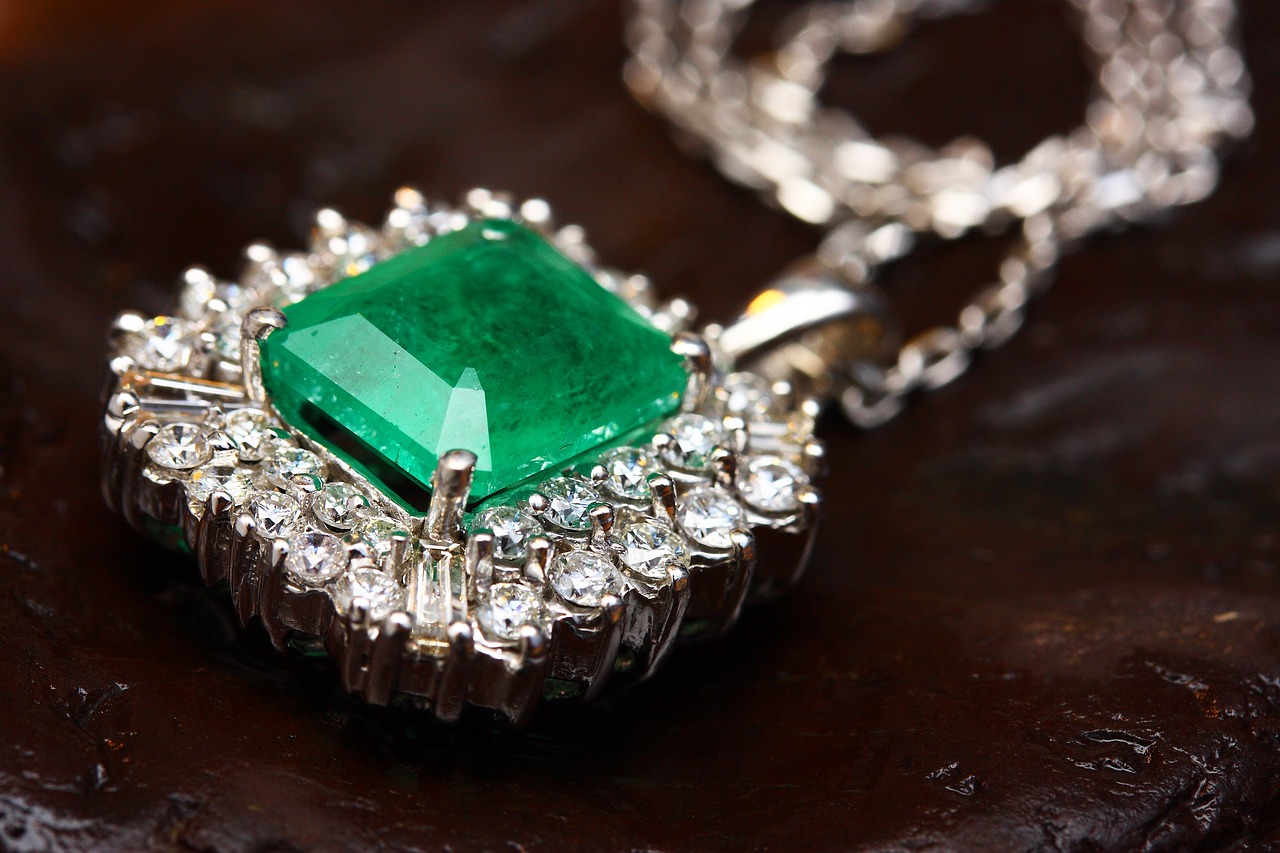Chinese jade has been cherished since the Neolithic Period (circa 3000–2000 BCE), symbolizing purity and resilience in Chinese culture. Carved jade objects are not just valued for their beauty but are deeply rooted in moral significance.
The Significance of Jade
In Chinese artistic heritage, jade holds a status akin to gold in Western contexts, albeit imbued with even more profound ethical meanings. The classic text, Shuowenjiezi, compiled by Xu Shen, articulates jade (yu) as a gemstone with five core virtues: Its aesthetic warmth suggests kindness; its translucence reveals inner goodness, symbolizing rectitude; it resonates in tranquil tones, embodying wisdom; though breakable, it retains its bravery; and its edges, non-aggressive, signify purity. Due to these characteristics and a belief in jade’s enduring nature, it was extensively utilized in ceremonial and funerary contexts.
Composition of Jade
The primary form of jade historically utilized in China is nephrite, which, in its untainted state, appears white yet can take on green, yellow, gray, or brown hues due to impurities mostly related to iron. The term yu has historically encompassed various jadelike materials, including donor stones such as bowenite and jadeite. During the Neolithic Period, jade became prominent among cultural groups near Lake Tai in Jiangsu province while other areas like the Liao River yielded Xiuyan jade, linked to the Hongshan culture. Nephrite continues to be sourced from riverbeds in Xinjiang, with jadeite arriving from northern Myanmar in the 18th century, characterized by its vibrant green color. Carving jade is challenging due to its hardness, necessitating specialized tools and techniques for shaping.
A Glimpse into the History of Jade in China
The Ancient Beginnings
The consumption of jade appears prominently in the lower Yangtze River area during the Majiabang culture (approximately 5100–3900 BCE), evolving through the Songze and Qingliangang cultures into sophisticated ceremonial items around 2500 BCE during the Liangzhu culture. These artifacts, particularly the bi disk and cong tube, took on symbolic meanings for heaven and earth, remaining integral to imperial regalia well into the 20th century. The functions of these objects, especially the cong, might relate to astronomical or geomantic uses, while also emphasizing the complementary nature of yin and yang.
The Shang Dynasty Era
During the Shang Dynasty (circa 1600–1046 BCE), particularly at Anyang, jade craftsmanship advanced significantly. Elaborate ceremonial items like weapons and artifacts were sculpted from jade, serving religious and status-related functions. Distinct carvings of animals, masks, and figurines emerged, possibly used as mingqi to symbolize offerings in burial practices.
The Zhou Dynasty Developments
Throughout the Zhou Dynasty (1046–256 BCE), there was continuity in producing jade items, extending Shang traditions into a more diversified creation of ceremonial objects. Jade was utilized during burials to seal bodily orifices, reflecting its importance. While early Zhou jades maintained strict design adherence, by the middle period, they began showing a shift toward looser, more abstract motifs, continuing until the dynasty’s conclusion.
With the adoption of iron tools and robust abrasive techniques during the Dong (Eastern) Zhou, artists achieved greater freedom in three-dimensional carving, focusing on ornamental representations of animals and adornments.
The Song Dynasty Innovations
In the Song Dynasty (960–1279), a revival of ancient styles led to jade pieces that are often indistinguishable from original antiquities due to their mimetic craftsmanship. The era favored adapting historical forms, with substantial influence drawn from aesthetics of prior periods, complicating the attribution of genuine ancient jades against the ornate elegance seen during this time.
The Qing Dynasty Flourishing
During the Qing Dynasty (1644–1911/12), especially between 1760 and 1820, China exerted control over jade-rich territories like Hotan and Yarkand, leading to an influx of fine nephrite to Beijing for crafting. The introduction of jadeite from Burma made a notable impact, showcasing vibrant green hues. Qianlong’s reign (1736-1795) is often celebrated for remarkable jade carvings, although some quality works post-1950 mirror his aesthetic. Distinct pieces from the era included functionally innovative vessels and intricately decorative items.
Overall, the rich history of Chinese jade reflects a continuous evolution of techniques and meanings, linking the past with modern interpretations while maintaining its revered status within Chinese culture.



